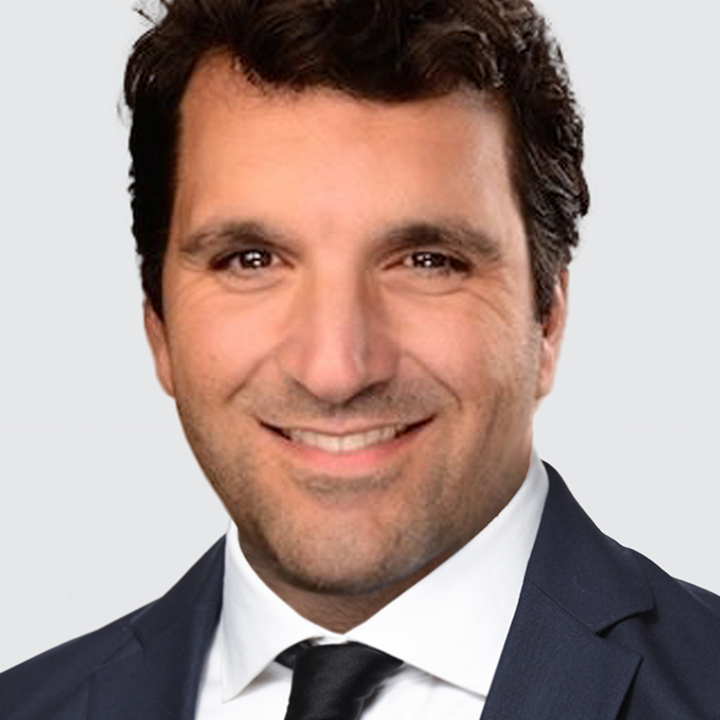US
USD is consolidating last week’s gains, equity markets extend Friday’s bounce, and bond markets are stable. A dovish speech by influential New York Fed President John Williams on Friday revived easing bets. Fed funds futures raised odds of a December 10 rate cut from roughly 35% to as high as 70% following Williams’ comments. That has curtailed USD upside momentum and is supporting risk assets.
Williams noted “I still see room for a further adjustment in the near term to the target range for the federal funds rate to move the stance of policy closer to the range of neutral.” According to Williams “the downside risks to employment have increased as the labor market has cooled, while the upside risks to inflation have lessened somewhat.” Fed Chair Jay Powell and Williams are generally aligned on policy, with Williams serving as a key voice for the Fed’s institutional stance.
Our base case remains for the FOMC to deliver a follow-up 25bps cut to 3.50%-3.75% at the conclusion of its December 9-10 meeting. However, convincing the “many” FOMC participants that favor keeping rates unchanged the rest of the year to lean towards a cut will be challenging amid the void in key US statistics. As such, it’s hard to lean against the dollar’s upswing ahead of the Fed’s December rate decision.
EUROZONE
EUR/USD is holding above support at 1.1500. Germany’s IFO business expectations index unexpectedly dips in November to 90.6 (consensus: 91.6) vs. 91.6 in October but remains indicative of an ongoing recovery in Eurozone economic activity.
We think the ECB is done easing as policy is close to neutral while the Fed has more cuts in the pipeline (85bps price in the next twelve months) given that policy is still restrictive. Bottom line: relative ECB/Fed policy stance suggests EUR/USD will struggle to sustain an undershoot below its 200-day moving average (1.1405).

